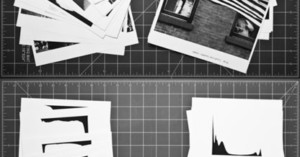
A Plea to Manufacturers: 12 Features All Cameras Desperately Need
Cameras all have a pretty solid set of features and design elements that appeal to a wide range of users. But, for the most part, pretty much all of them lack a set of features that would make them all a lot more powerful and enjoyable to use.














